Half-Taped Flyers on the Red Gates of Saydnaya
Writing and Imagery by Waleed Al Madani
May 29, 2025
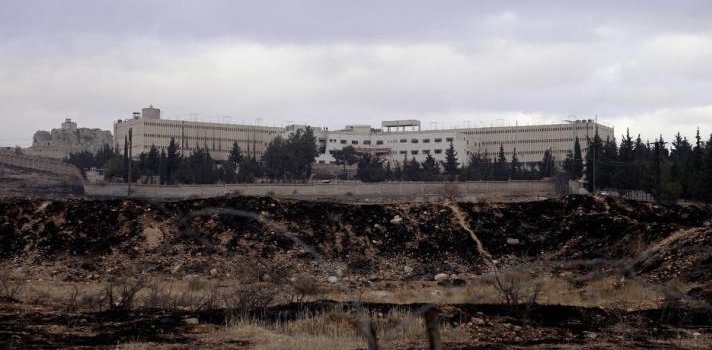
December 21, 2024: 13 days post the fall of the Syrian regime, 13 days post the liberation day of Syria.
Day 13 of Syria attempting to accept the fate of 112,414 forcibly disappeared since the beginning of the uprising (Syrian Network for Human Rights, 2025).
As I was filming and documenting the remnants of stories that were left behind on the walls of Saydnaya Military Prison after the release of all detainees, I felt the echoes these walls must have trapped, and I could not stop asking myself “What would the walls of a human slaughterhouse say if they could speak?” The term “human slaughterhouse,” a term coined by Amnesty International (2017) for Saydnaya Military Prison, has haunted me for years.
.jpg)
As I entered the military prison complex, I further asked myself “Why does Saydnaya have more gates than hell?” Because as you walk past gate after gate, towards the abyss, you reach a red gate signifying that you have reached hell itself, a building referred to as the Red Building (Amnesty International, 2017). I am uncertain of the connection between the color of the gate and the name of the building, but does it really matter what the true color of hell is?
.jpg)
Flyers are taped on the red gate by desperate family members with desperate pleas for information about their disappeared loved ones. Each flyer carries details and portraits of forcibly disappeared detainees: among the many, I read:
- Ahmed Mohammed Bakheet, missing since 2017
- Musatafa Mohammed Nadaf, missing since 2016
- Nedal Mohammed Al Assad, missing since 2016
- Arfan Rida Al Maaribani, missing since 2013
- Ahmed Mohammed Aror, missing since 2012
Most flyers end with “Possibly located at Saydnaya Prison.”

As I was filming the red gate, a mother approached me holding two flyers bearing details and a photo of her forcibly disappeared son.
She turns towards me, asking, “Do you carry tape with you, son?”
I replied, “No, mother, I don’t.”
Off to the side, a relative of hers who drove her here is on the phone with someone, saying, “We are currently in Damascus, we have a relative who was killed, we are looking everywhere, even at Saydnaya Prison…”
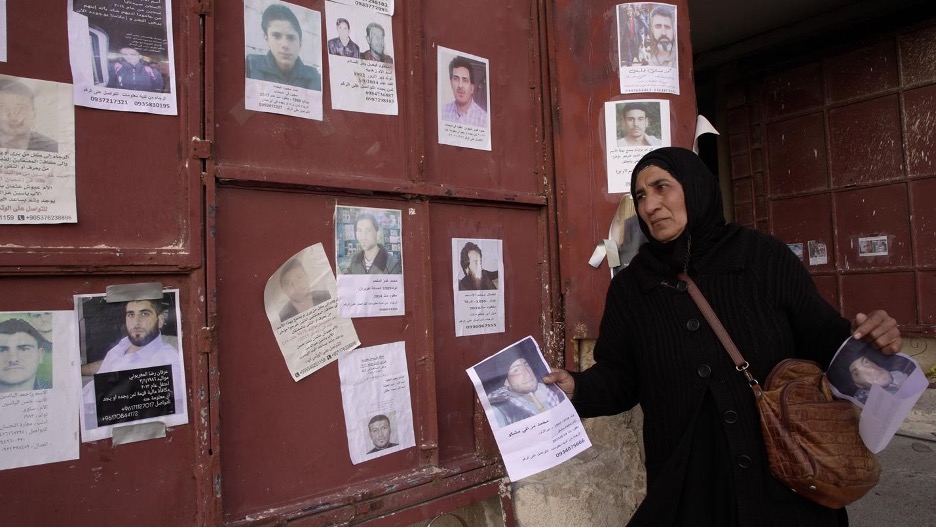
I ask the mother, “Since when has he been missing?”
She said, “It has been 10 years.”
I continued, “Why would you think he is here?”
She replied, “His name came out with the rest of the names.”

While I was trying to understand what she meant, the relative finished his phone call and replied, “We don’t know where he is exactly, but we have received a screenshot from TikTok from our relatives who have access to TikTok in Algeria and Belgium, and now we don’t know.”
As he was talking, I remembered the social media misinformation frenzy after the gates of Saydnaya prison broke open and search missions were conducted by the White Helmets and the Turkish Disaster and Emergency Management Presidency (AFAD) (White Helmets, 2024; AFP, 2024). In my opinion, the vast majority of misinformation was the result of desperation and not of malicious intent, but whether intentionally or not it played a role in misleading and creating an inaccurate picture in the minds of the public in Syria and in the diasporas in regard to what there is or is not in Saydnaya.
I remember my mother asking me in the days after public statements were made that the search missions of Saydnaya had been concluded by the White Helmets and AFAD (White Helmets, 2024; AFP, 2024).
My mother said, “Waleed, did they find anyone underground in Saydnaya?”
I said, “No, mother, they stopped days ago.”
She said, “But on Instagram, I can still see videos of people searching, digging, hearing sounds and smelling distinct smells.”
People were reposting videos days old, and the addictive social media algorithm made things worse. A White Helmets press release even mentioned “We urge social media users to be mindful of the widespread misinformation and rumors circulating about prisons and detainees” (White Helmets, 2024).
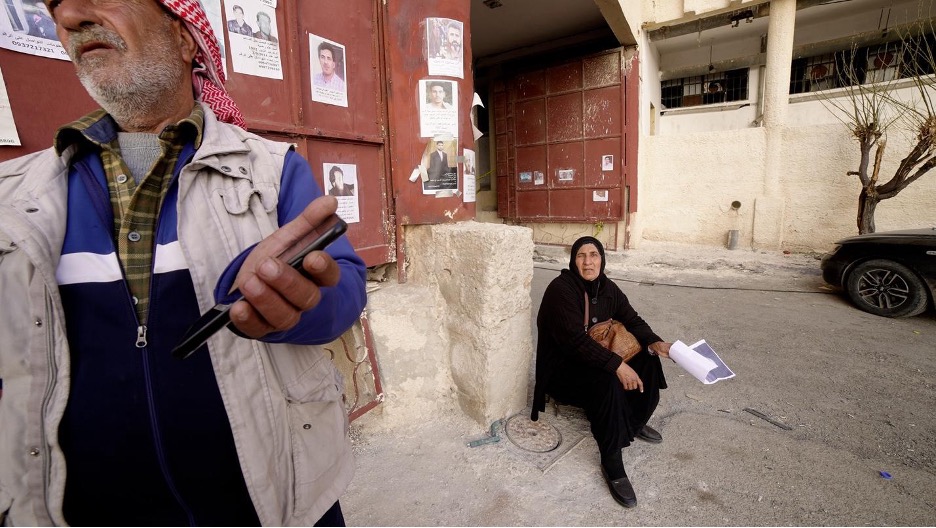
Back to the red gate.
The man shows me the TikTok screenshot he received from family members abroad, a blurry image of a man with an arrow pointing to a text that mentions “Mohammed Marai Meshco,” the son of the mother sitting on the ground. The man adds, “What does this mean? We don’t know, we visited every hospital we could, we don’t know where to go.”
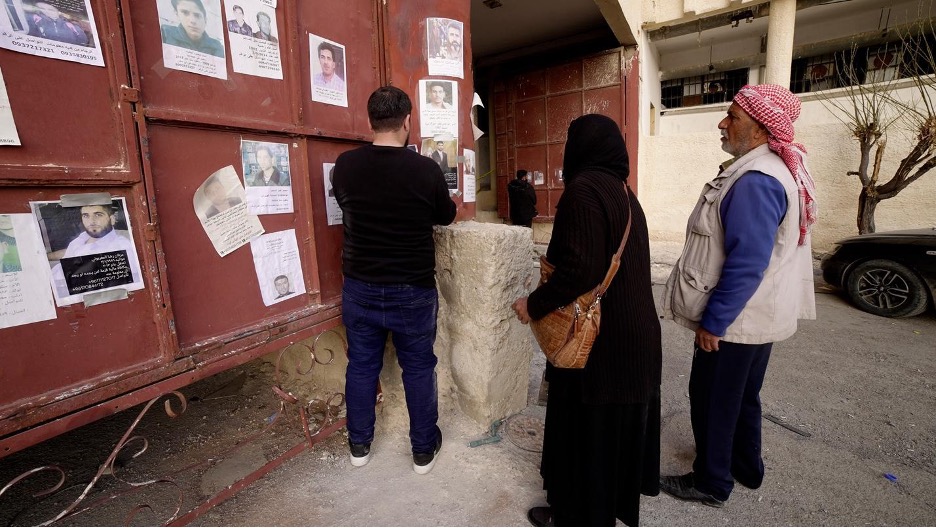
The mother begins trying to tape her disappeared son’s flyer on the red gate when a second man, a videographer filming in the prison, suggests she attach her son’s flyer to another one, which she tries unsuccessfully.
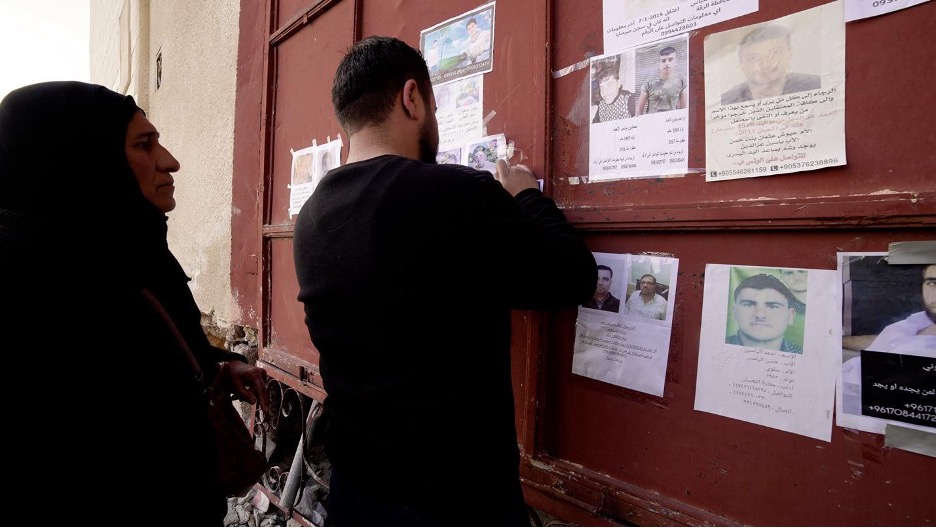
When the mother notices another flyer on the other side of the gate that had more tape than it needed, she rushes to it. She takes a small piece of tape from the flyer while apologizing to it saying, “I’m sorry, please accept my apologies, may Allah bring you back to your family.”
She asks the videographer about the flyer she took tape from, asking, “Where is he from?”
The videographer says, “I don’t know, but I feel as if I know him.”
A casual conversation around a flyer of a forcibly disappeared young man between a videographer and a mother in despair.
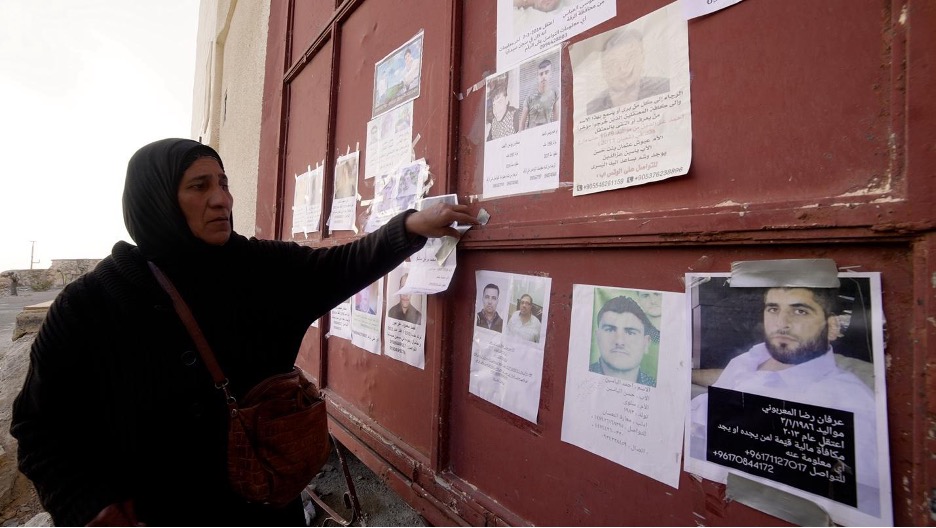
While the mother is trying to use the tape that has lost its ability to stick, she says “Isn’t it unfair for these young men to be taken? Isn’t it unfair?”
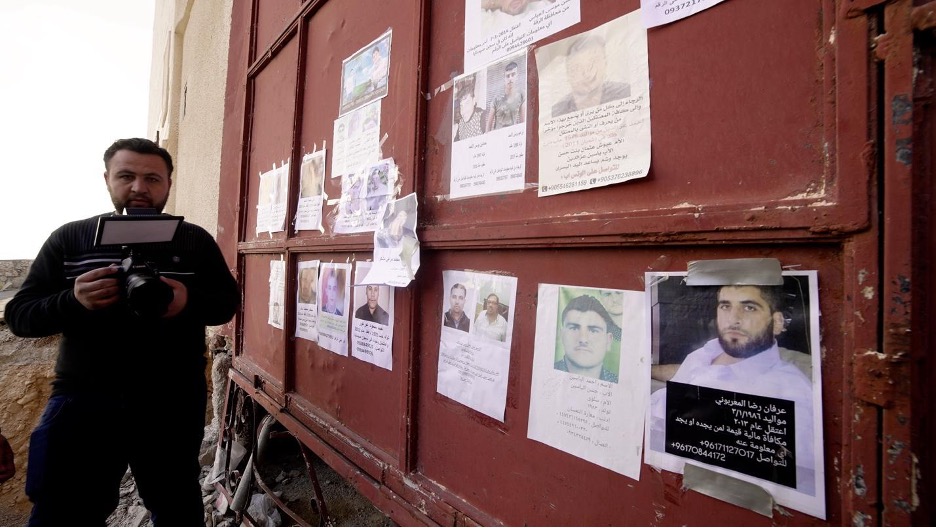
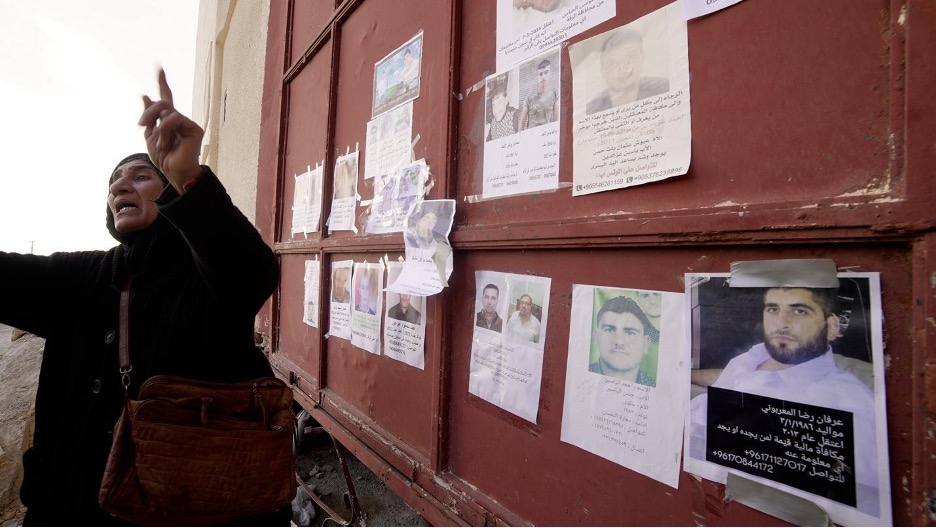
The videographer takes his position, and points the camera at the mother. She leaves a message to the Syrian people through his lens, including a few curses aimed at Al Assad for what he has done to her son.
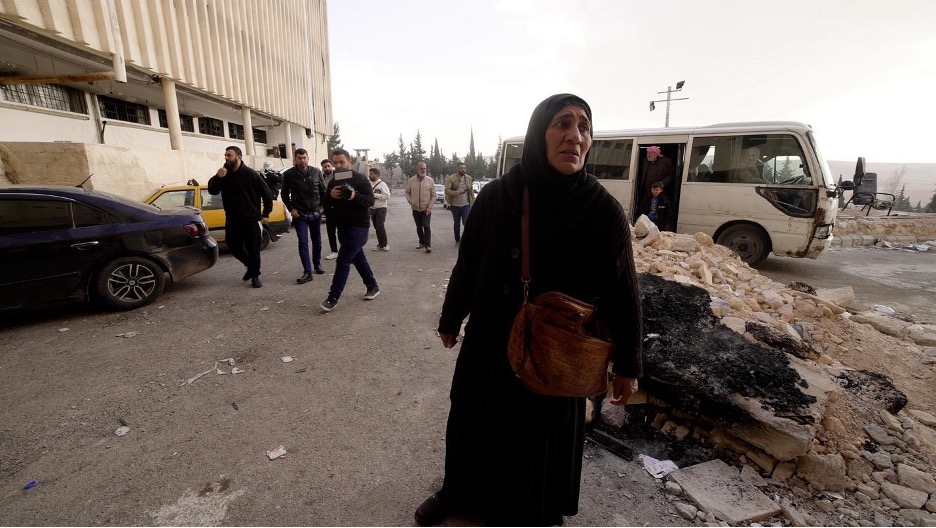
With tears in her eyes, she leaves the scene, turning one last time to give a final look at her son on the red gate.
.jpg)
With every breath,
with every step,
she grows further and further away from her son’s half-taped flyer,
further away from the red gate,
with a heavy heart,
and hope.
Author’s Note
All dialogues, testimonies, and images presented in this article are drawn from the author’s personal archive, documented during field research and production work for an ongoing documentary film on the topic of Syrian arbitrary detention and torture under the Al Ba’ath regime.
Author
Waleed Al Madani is a Syrian documentary filmmaker, a DocNomads joint master degree in documentary film directing alumni, works as a freelancer in the fields of film editing and documentary film in The United Arab Emirates.
A Visiting Scholar with MaSC (Music and Sound Cultures) a New York University Abu Dhabi research laboratory and center specializing in music and sonic ethnography from the Arab World and neighboring regions.
Currenlty working on his first feature on the experience of detention and torture during the Syrian Al Ba’athi regime.
Citations
- Syrian Network for Human Rights. (2025). The death penalty in Syrian law and its exploitation by the Assad regime to eliminate dissidents. London: Syrian Network for Human Rights.https://snhr.org/blog/2025/02/14/the-death-penalty-in-syrian-law-and-its-exploitation-by-the-assad-regime-to-eliminate-dissidents/
- Amnesty International. (2017). Human slaughterhouse: Mass hangings and extermination at Saydnaya prison, Syria. London: Amnesty International. https://www.amnesty.org/en/documents/mde24/5415/2017/en/
- White Helmets. (2024, December 9). Statement on the conclusion of search operations for possible remaining detainees in secret cells and basements of Sednaya Prison. https://whitehelmets.org/node/1691
- AFP. (2024, December 18). Turkish rescuers end search of Syria’s Saydnaya prison. From Arab News: https://www.arabnews.com/node/2583458/middle-east
Related Audio
